Mixing Things up for a Sweater
words and photos by: Johanna Carter
I always admire those who are able to spin mountains of yarn for a big project, ready to knit a wonderful sweater or cardigan. It is a satisfying feeling when you finish all that work, especially if you started with washing and combing the wool or even raising your own sheep.
Mixing spinning and knitting
The typical way to work through a larger project is to spin all the singles first and ply them in a particular order so you get the yarn even throughout the whole project. I don’t have so many bobbins, but my bigger problem is that I am quite impatient and want to get on with knitting once I have an idea. And normally, my brain is full of ideas for fibre work and the limit is the time, as I am a musician and teacher. I can’t sit at the spinning wheel for a long time if I’m not on holiday, so during the school year I mostly knit, and during the holidays I can dye, spin, use my drum carder, and do lots of fibre work. The only time I was able to produce bigger quantities of yarn before I knitted them up was during the Tour de Fleece in the two years during the pandemic, when we did not go on holiday at the beginning of July.
I like to finish knitting one big project like a sweater or cardigan before I start the next one, or at least until I can’t carry it in my bag easily anymore, so I have an excuse to begin the next one. Sometimes it is good to have a second project on the go – I call it mindless knitting, where I don’t have to look very much – which I can keep my hands busy during Zoom or other meetings, which helps me listen.
Mixing colours and fibres
Usually I dye my yarn with plants which I collect in the woods or get from garden flowers. I also use cochineal and indigo, which I buy, to get lots of different colours. I really love the greens and blues I get from dyeing with indigo. I have lots of dyed wool, and all those colours give me inspiration for further projects.
Blending the wool on the drum carder I can get even more shades. I like to blend with fibres like silk, alpaca, or plant fibres, and I love sari silk, to get those little bits of colour in my yarn.
When I have an idea for the next sweater, I start carding, and then I can begin to spin. Once I have spun enough yarn – say, for one day – I cast on and start knitting, usually top down, so I don’t have to decide too much in advance about length and width.
When I spin on my wheel, I have to sit at home, but while spinning I can read a book or talk to others during online meetings. I also like to spin on my spindles, and that works on a walk, or a museum visit. I take them on holiday as they don’t need much space, and when I spin for a lace shawl, I don’t even need much wool either. At home there are spindles all over the place; I can spin when I am waiting for the kettle to boil, when the computer is slow, when I am cooking. Like that I can make good use of a short time and the yarn still grows.
I can take my knitting almost everywhere, which is why I don’t want to wait to get started until I have spun all the yarn for a whole sweater. I knit at home, on the bus or train. The only thing I have to make sure of is to be one step ahead with the yarn.
I love to knit Fair Isle sweaters. My favourite method is to use only one bobbin, which I don’t even fill, because I need smaller quantities of lots of colours. Then I wind a ply ball and ply it on itself. For that I put my thumb through the ball, so I can tension the two singles with my fingers and they don’t get tangled, as long as my thumb (or a cardboard roll or a pencil) stays in the middle. I don’t have any leftovers from plying, and it is quick when I suddenly need more yarn.
I have never had problems with the yarn not being consistent enough throughout a project. I just know what yarn I want and my fingers seem to remember what to do. I am sure it is good advice to have a little card tied to the spinning wheel with a bit of the singles you are aiming for, so you can check and make sure you are spinning a consistent yarn.
Mixing breeds
There are so many different breeds, but some of my favourites are Shetland, BFL, and Jämtland – a Swedish breed. After dyeing them, I often forget what I have used, so when I do a new project it often turns out that I have used different breeds and fibres just to get the right colour. For the Fair Isle knitting I want to juggle lots of colours, which is more important to me than making a sweater out of only one breed.
Recently I made a pullover for my husband using about 12 different breeds and colours, even mixing short and long draw. For me it was a breed experiment and a way to use up lots of smaller quantities of wool I had in my stash. For that sweater I used combed top without blending.
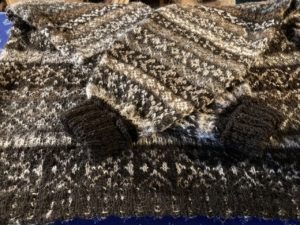
Mixing in knitting during the spinning process is a wonderful way for a spinner to avoid being overwhelmed during a sweater project.
My feeling is that some people don’t dare to start spinning for a bigger project because they get overwhelmed by the quantity they have to spin and then all the knitting there is to do, especially when you want to spin the yarn entirely on spindles. Mixing the spinning and knitting for the same project is more interesting; you get more variety and more freedom to choose what you want to do next as long as you don’t run out of yarn. It breaks the project down into smaller, less daunting parts. The only thing you might want to plan is to have enough fibre at the start, but even that is not necessary, there is always a sheep growing more wool.
What’s in this issue? Summer 2025 – Tension!
Tension is one of those elements we use all the time while we spin. We’ve got a whole issue packed full of great information on how tension figures into and impacts your spinning!
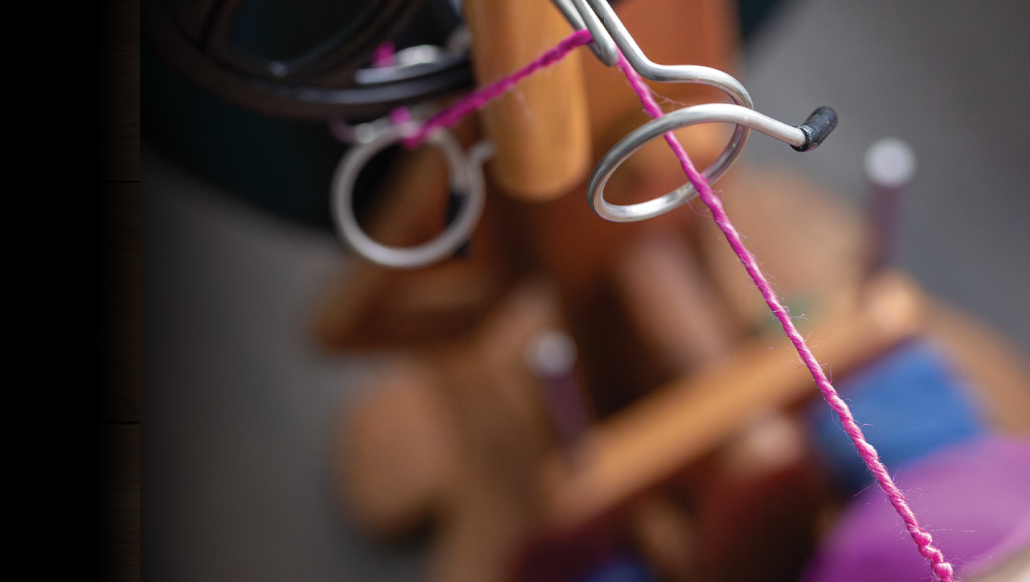
Wheel tension and wheel systems: How do they work and which works best for what type of yarn? James Perry and Heavenly Bresser teach us about break bands and drive bands respectively. Maggie Casey has broken down how tension operates in different wheel drive systems.
Tensile strength is all about how much tension a fiber can be put under before it breaks. Jill Duarte treats us to a look at how she accomplishes no-nep carding on the drum carder.
How about visual tension? Why do some colors seem to vibrate and explode when they are next to each other? Dia Patrece Robinson and Emily Wohlscheid have our backs when it comes to color. They talk about different methods to obtain a swirled colorway.
Tension can be good for yarn, but bad for our bodies. Andrea Deck talks to us about the science of stress relief and Andrea Lui has us covered for hand care with an article focused on proactive care and avoiding hand strain.
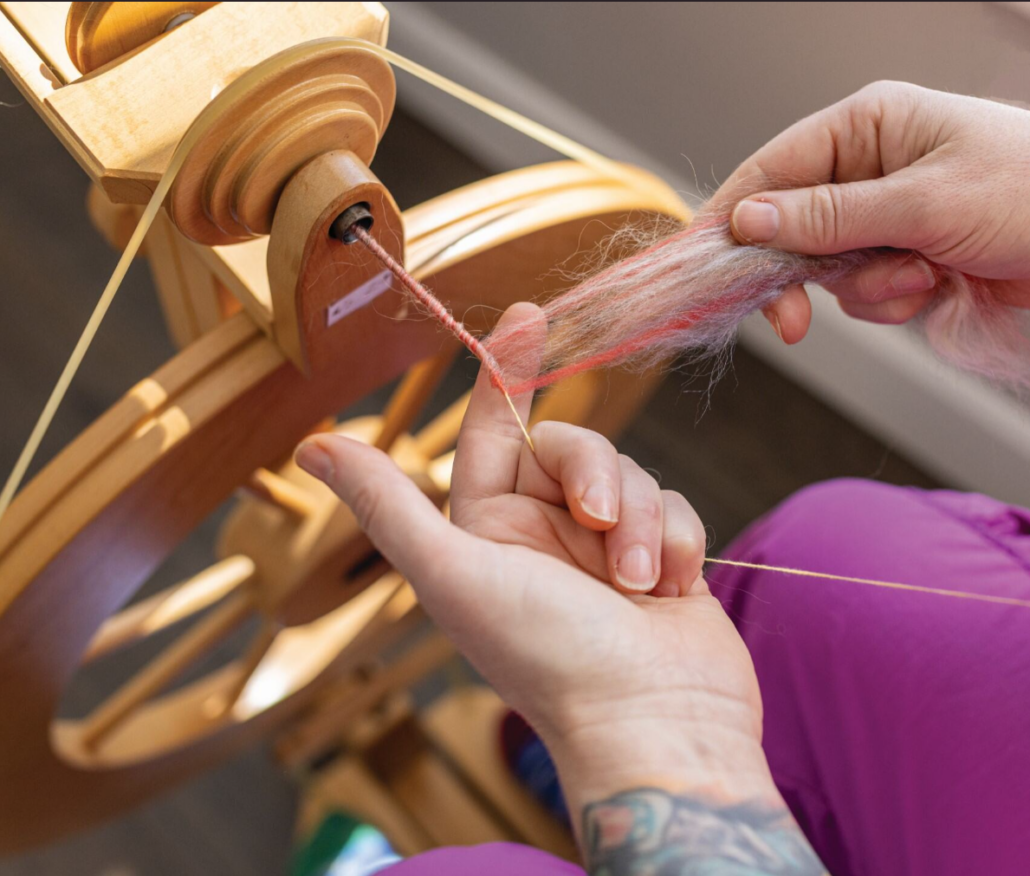
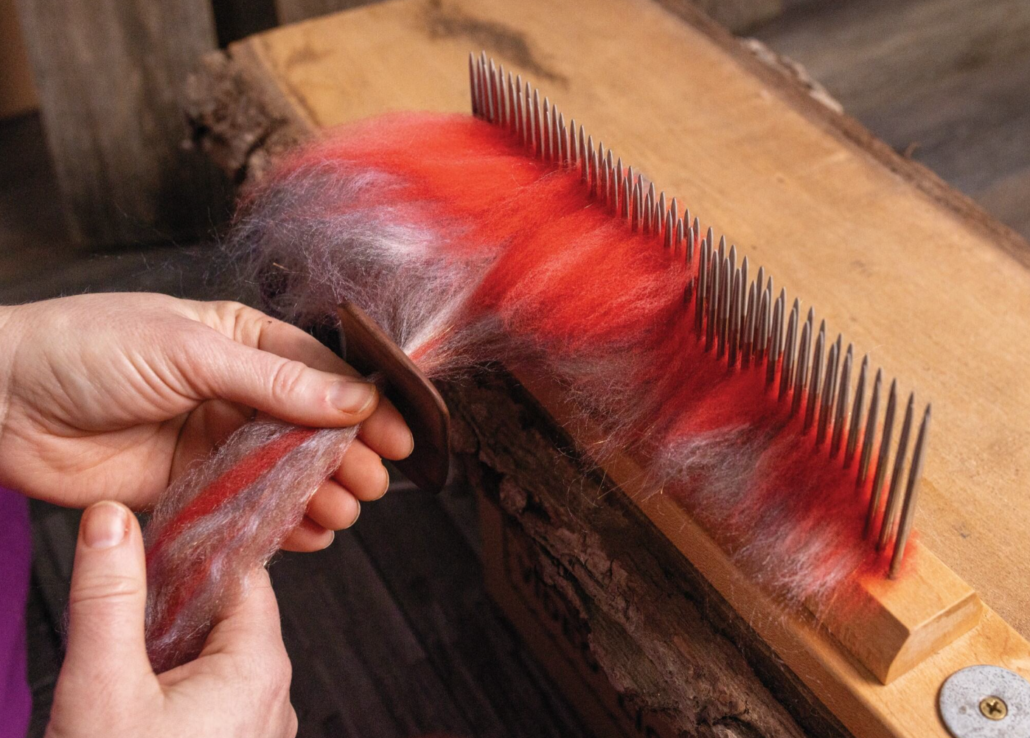
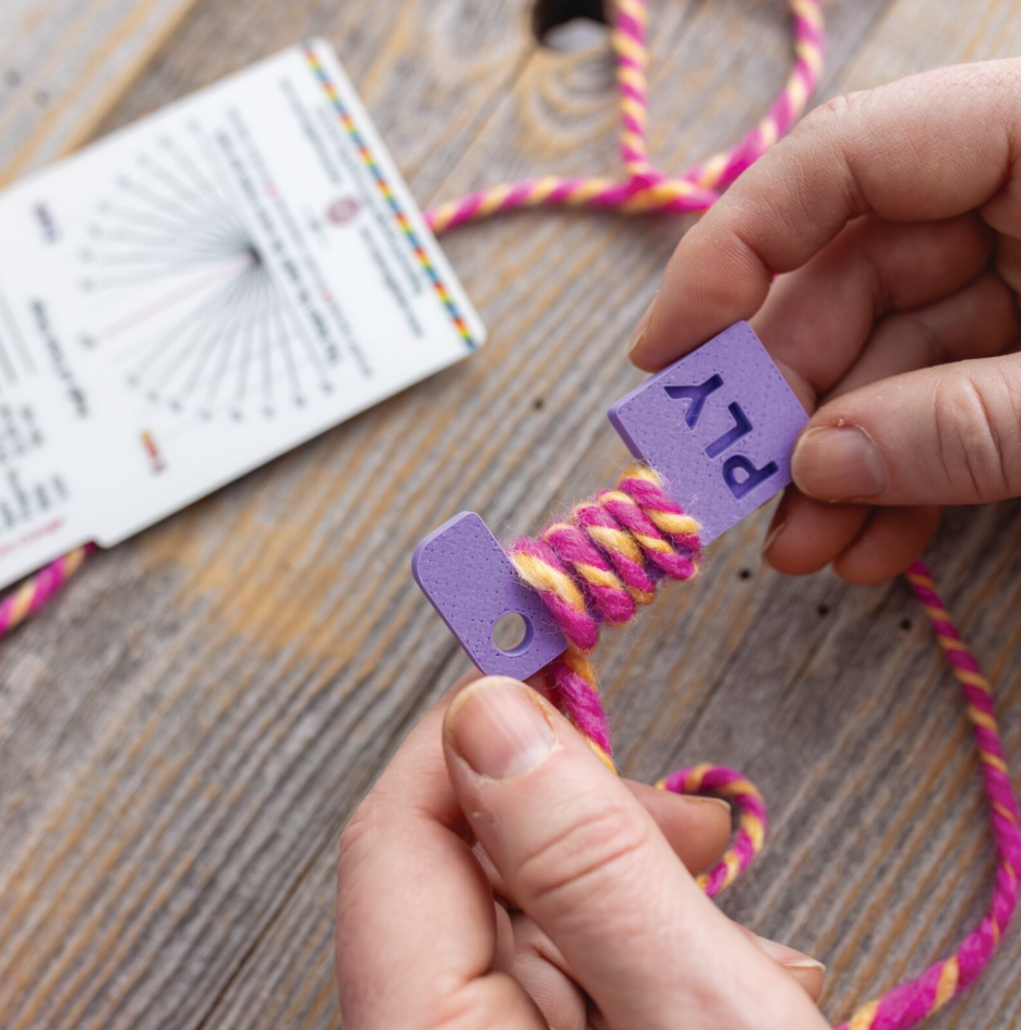
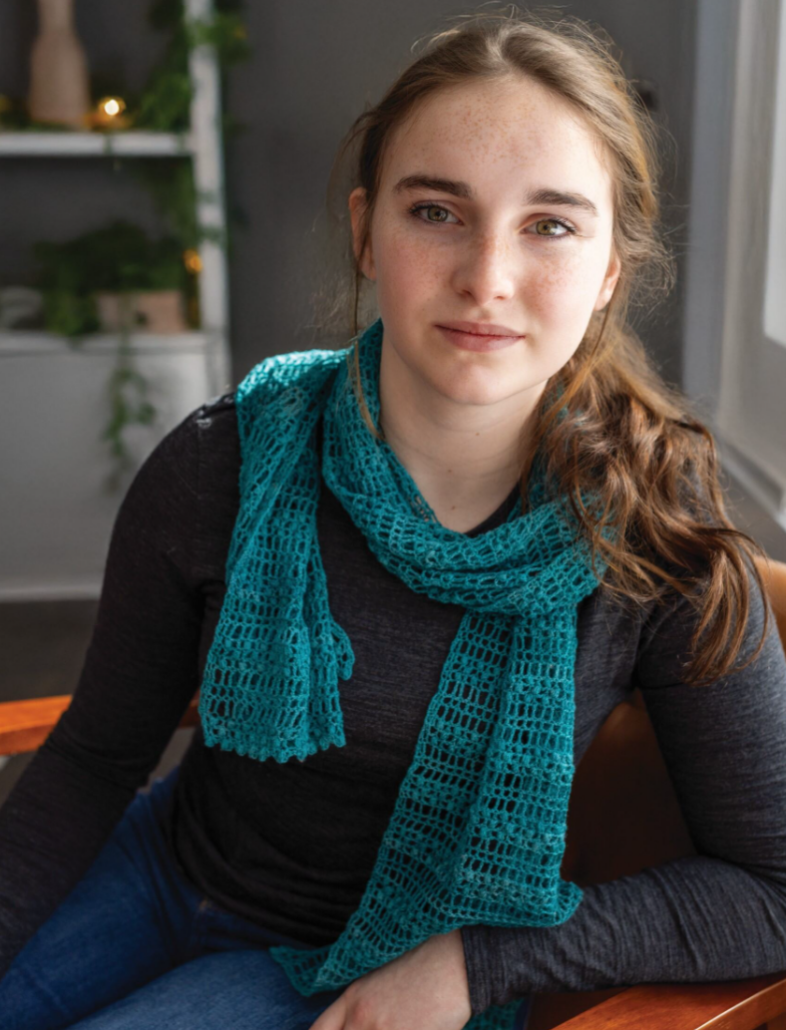
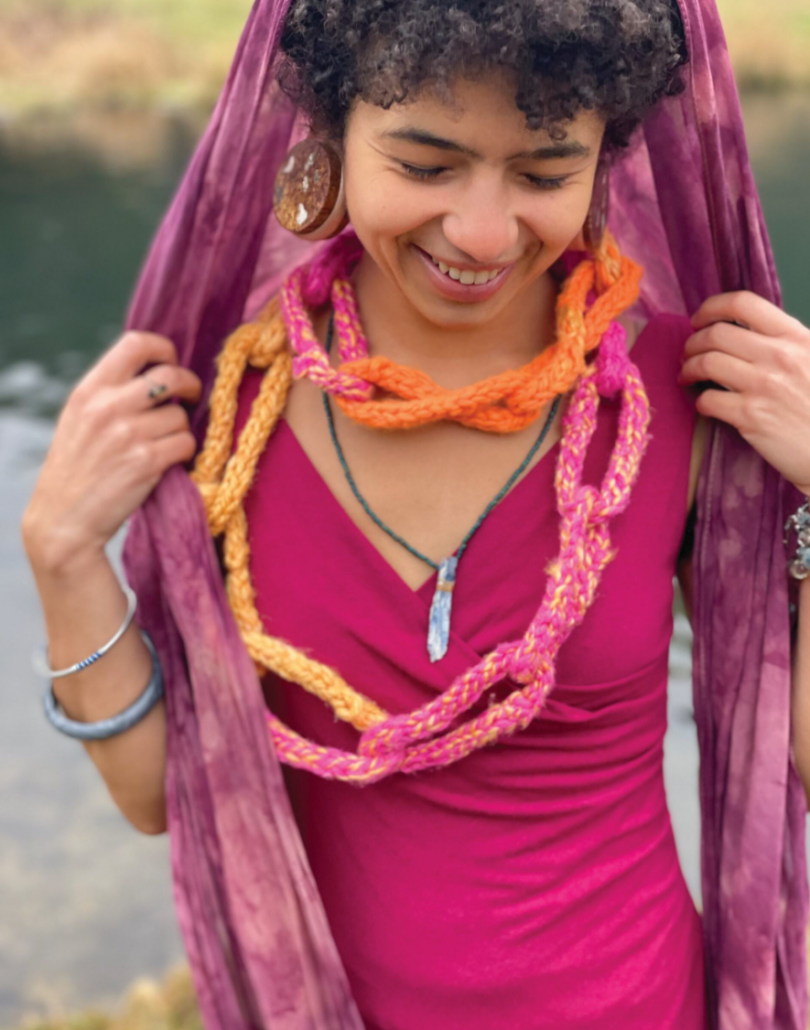
Guys, there is all this and so, so much more and so many AMAZING writers! If you haven’t already gotten your copy, you can order it here.
Third Thursdays Guild Tip
Time to ramp up for tonight’s PLY Spinners Guild Third Thursday foundational spin-in! We’d like to take a moment to feature some tips from one of our wonderful PLY Guild spin-in leaders, Donita Westman.
The old saying is that “practice makes perfect”; over twenty years ago, my music education mentor challenged me to consider if that was true or if “practice makes permanent” was more accurate. (Spoiler: she was right. She’s always right!) Learning to spin requires practice and the way you spin is a result of that practice. Whether you’re new to the craft or a seasoned spinner looking to try a new technique, what and how you practice will determine the kind of spinner you become. Since we talk about the importance of practicing but often skip over how to practice, I wanted to share a few tips on how to approach practice that will help you become better practicing anything.
Set the mood
Practicing a new skill is challenging. If we come into a practice session stressed and anxious, we will be less successful and, over time, associate spinning with stress and anxiety. While we can’t solve the world’s problems before we sit down to spin, taking a few minutes to clear our minds and let those emotions flow through us and go on their way before we start our practice session will make it more enjoyable and successful. Make a mug of your favorite warm beverage, turn on some relaxing music, take as many deep breaths as you need, do some gentle stretches, or do all of the above! Engaging your senses allows you to focus on your spinning. Actively thinking about how you are spinning is necessary to learning that new technique!
Set a goal for your practice session
Focus on one aspect of your spinning for this time. Choose a goal that you know is achievable in the time you have and make your goal observable. Ask yourself “How will I know if what I’m doing is working or not?” For example, if I want to work on more consistent drafting distance for a yarn with consistent diameter, I can find reference points for how far my hands are moving, look at how opaque or transparent the fiber in my drafting triangle is, and look at a ply-back sample every so often to see if my yarn has fewer thick and thin spots.
If I’m not seeing progress toward my goal, I can consult a spinning resource (like PLY, a spinning book, a spinning teacher, or an experienced spinner who creates yarn like what I want to create) to find a strategy that moves me toward this goal, not reinforcing habits that aren’t working. If I find my yarn is becoming more consistent, great! I can continue using those strategies to make this practice permanent.
Set a timer
Any time you are building a new skill, you want to set a time limit for your practice session. I recommend 15-minute sessions, with an optional second 15-minute session after a short break. These breaks are good for your body, as you are using your muscles in ways they might not be used to moving or holding them tensely as you focus on your goal. Taking a break to get up, have a sip of water or tea, or look out the window for a minute gives your body a chance to let you know if you have resources to continue or if you’re feeling fatigued and need rest. These breaks are also good for your brain, so you can process what’s working for you and check in with your emotions to see if you’re feeling frustrated. If at the end of 30 minutes, you’re feeling good – that’s the time to step away! Putting your spinning down while you’re feeling positive will bring you back time and again, while quitting when you’re frustrated will discourage you from future practice because you associate spinning with frustration. If you are drawn back to your spinning later in the day, try another 15-minute session, but always remember to get out while the getting’s good!
Learning to practice takes less time than you think. Once you learn to practice, the skills will come more quickly and easily. The more you learn new things, the more you’ll want to learn more new things. Think of all the possibilities that will open up for your spinning once you master how to practice!
Ask Jacey: How Do I Start a Chain Ply?
I recently watched you chain ply on an Instagram video. I feel pretty good about my chain plying, but what still gives me trouble is the starting! How do you start chain plying? How do you attach it to your leader? And where do you get your first loop? ~Jenny L.
That’s a great question, Jenny. I struggled with getting started for years before I hit upon a method that is easy and clean and works every time. First, make sure you have a loop at the end of your leader. Because of how I make a leader, I always have a loop and find it helpful for all kinds of reasons. However, if you don’t already have one, just double back the end and tie an overhand knot – now you do!
Ready for the magic? Take the end of your single and double it back on itself so you have about a 4-inch section of two strands. Now stick that doubled-back bit halfway through the loop on your leader. What you have right now is a looped leader with your doubled-back single threaded through it. When you look at it, you should have four strands of your single in front of you: two on each side of your leader – one that is a loop and one that leads to the rest of your single. The side with the loop that doesn’t lead to your single is going to stand in for your first chain-plied loop. Take the half that leads to the rest of your single and treat it like your single by pulling it through the loop in the other half. There you go!
I know it seems like a lot of confusing instructions; if you want to see it in action, check out this video.
~jacey
Want Jillian or Jacey to take a stab at your question? Tell us what you want to know:

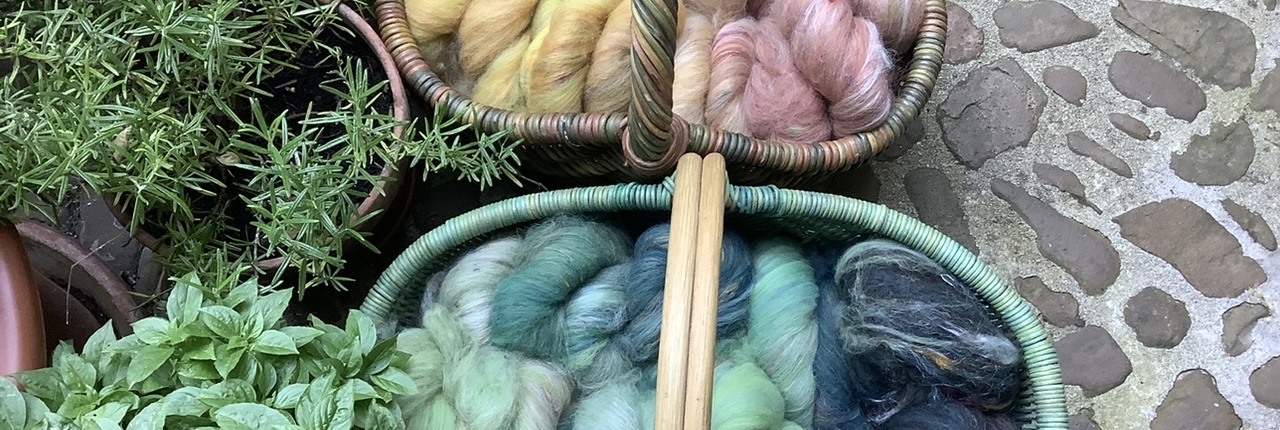
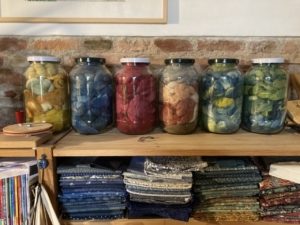
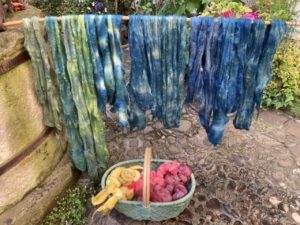









Leave a Reply
Want to join the discussion?Feel free to contribute!